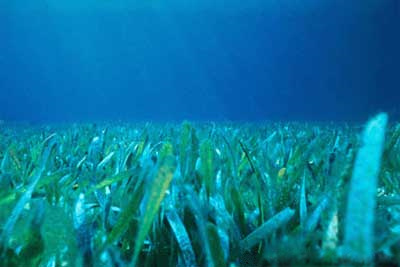Benthos: Difference between revisions
Appearance
Content deleted Content added
Add references section (testing) and/or general fixes. |
|||
| Line 16: | Line 16: | ||
Examples of benthic organisms are [[starfish|sea stars]], [[oyster]]s, [[clam]]s, [[sea cucumber]]s, [[brittle star]]s and [[sea anemone]]s. |
Examples of benthic organisms are [[starfish|sea stars]], [[oyster]]s, [[clam]]s, [[sea cucumber]]s, [[brittle star]]s and [[sea anemone]]s. |
||
==References== |
|||
{{Reflist}} |
|||
[[Category:Marine biology]] |
|||
[[Category:Ecology]] |
|||
[[ca:Bentos]] |
|||
[[da:Bentisk]] |
|||
[[de:Benthos]] |
|||
[[et:Bentos]] |
|||
[[es:Bentos]] |
|||
[[fr:Benthos]] |
|||
[[hr:Bentos]] |
|||
[[it:Bentos]] |
|||
[[ka:ბენთოსი]] |
|||
[[nl:Benthos]] |
|||
[[ja:底生生物]] |
|||
[[no:Benthisk]] |
|||
[[pl:Bentos]] |
|||
[[pt:Bentos]] |
|||
[[ru:Бентос]] |
|||
[[sk:Bentos]] |
|||
[[sv:Bentos]] |
|||
[[uk:Бентос]] |
|||
Revision as of 18:24, 25 September 2007


Benthos are the organisms which live on, in, or near the seabed, also known as the benthic zone.[1] Although the term derived from the Greek for "depths of the sea"[1], the term is also used in freshwater biology to refer to organisms at the bottoms of freshwater bodies of water, such as lakes, rivers, and streams.[2]
Animals belonging to the benthos are sometimes referred to as zoobenthos, while plants are referred to as phytobenthos.
Benthos can be categorized according to size:
- macrobenthos, size > 1 mm
- meiobenthos, size < 1 mm and > 32 µm
- microbenthos, size < 32 µm
- epibenthos lives on top of the sediment
- hyperbenthos lives just above the sediment
Benthic organisms play an important role as a food source for fish and some also for humans.
Examples of benthic organisms are sea stars, oysters, clams, sea cucumbers, brittle stars and sea anemones.
- ^ a b Benthos from the Census of Antarctic Marine Life website
- ^ About the North American Benthological Society, from that organization's website
